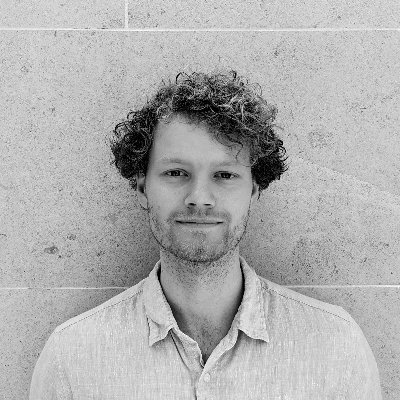
@MortenStostad
Lecturer at @UCBerkeley , post-doc at @TheChoiceLab @NHHEcon . Studying inequality's consequences. Once upon a time I was an astrophysicist.

@MortenStostad
Lecturer at @UCBerkeley , post-doc at @TheChoiceLab @NHHEcon . Studying inequality's consequences. Once upon a time I was an astrophysicist.